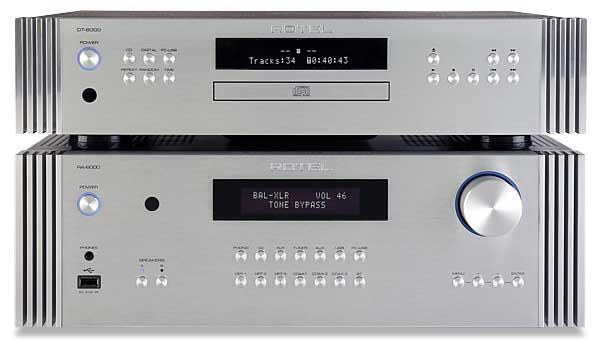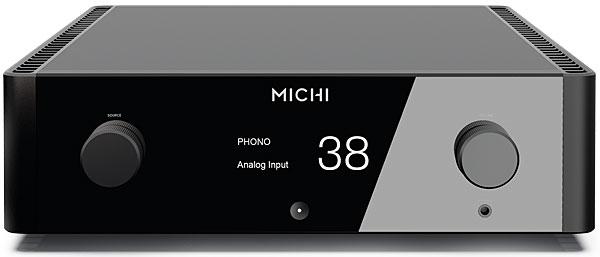Integrated Amplifiers
Sort By: Post DateTitle Publish Date
|
Feb 04, 2025 |
First Published: Mar 01, 2025
|
Jun 01, 2018
|
Mar 31, 2020 |
First Published: Mar 01, 1996
|
Apr 28, 2022
|
Dec 13, 2019
|
Feb 25, 2021
|
Sep 08, 2022

 Dubbed PS Audio's 'finest all-in-one music component', the Strata combines network streaming, USB and other digital audio inputs with a 'Gain Cell' pre and ICEpower amp
Dubbed PS Audio's 'finest all-in-one music component', the Strata combines network streaming, USB and other digital audio inputs with a 'Gain Cell' pre and ICEpower amp

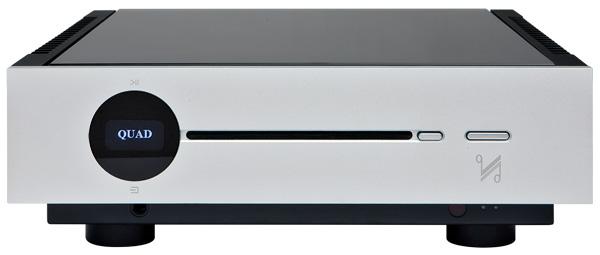
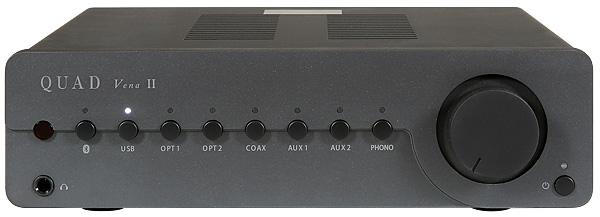
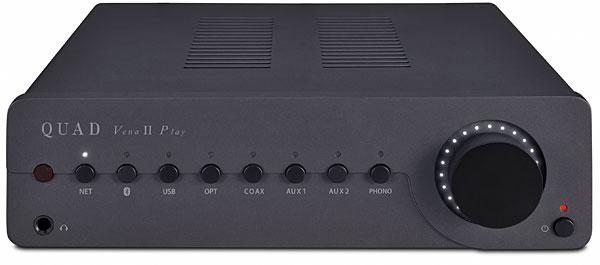
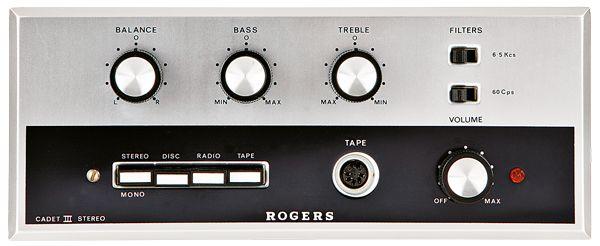
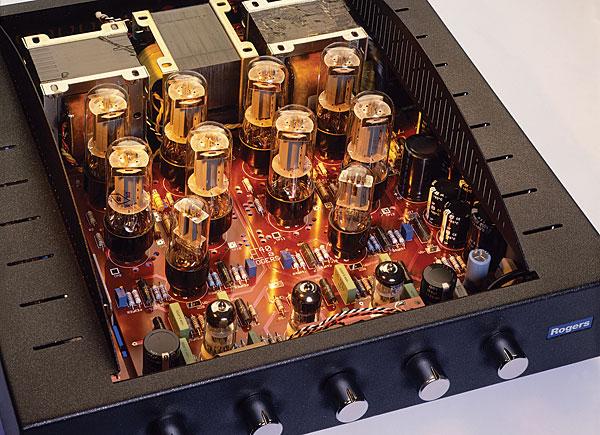

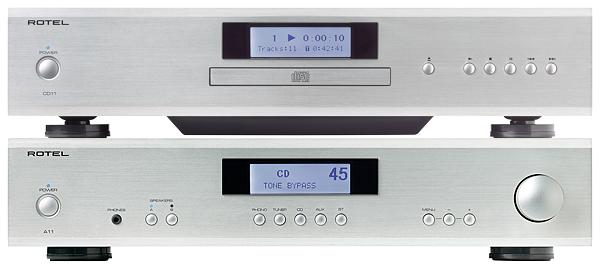
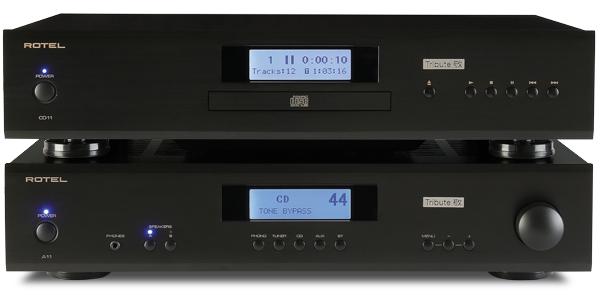
 Without any sense of irony, the man most identified with rival brand Marantz for 40 years is posthumously recognised for his work in 'tweaking' Rotel's budget CD and amp
Without any sense of irony, the man most identified with rival brand Marantz for 40 years is posthumously recognised for his work in 'tweaking' Rotel's budget CD and amp
